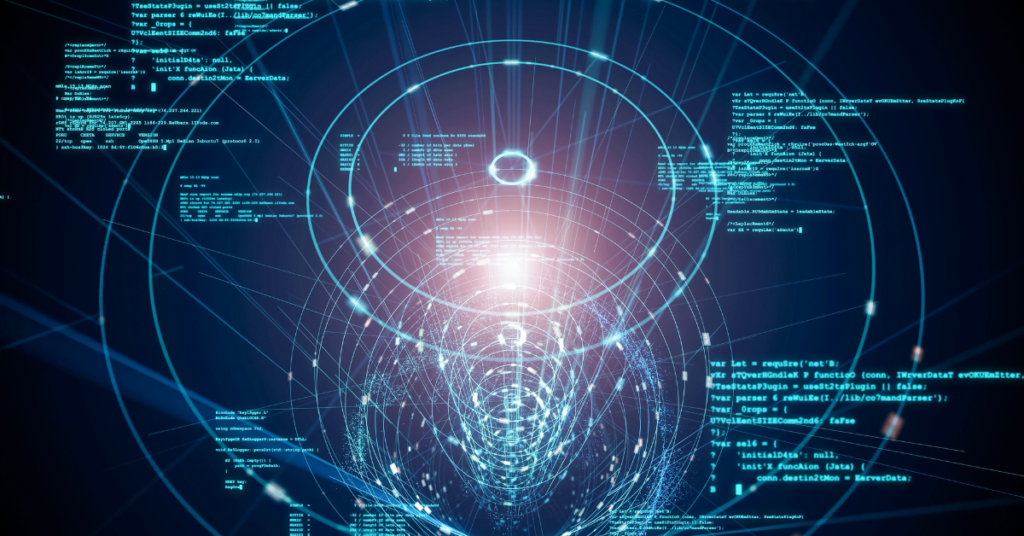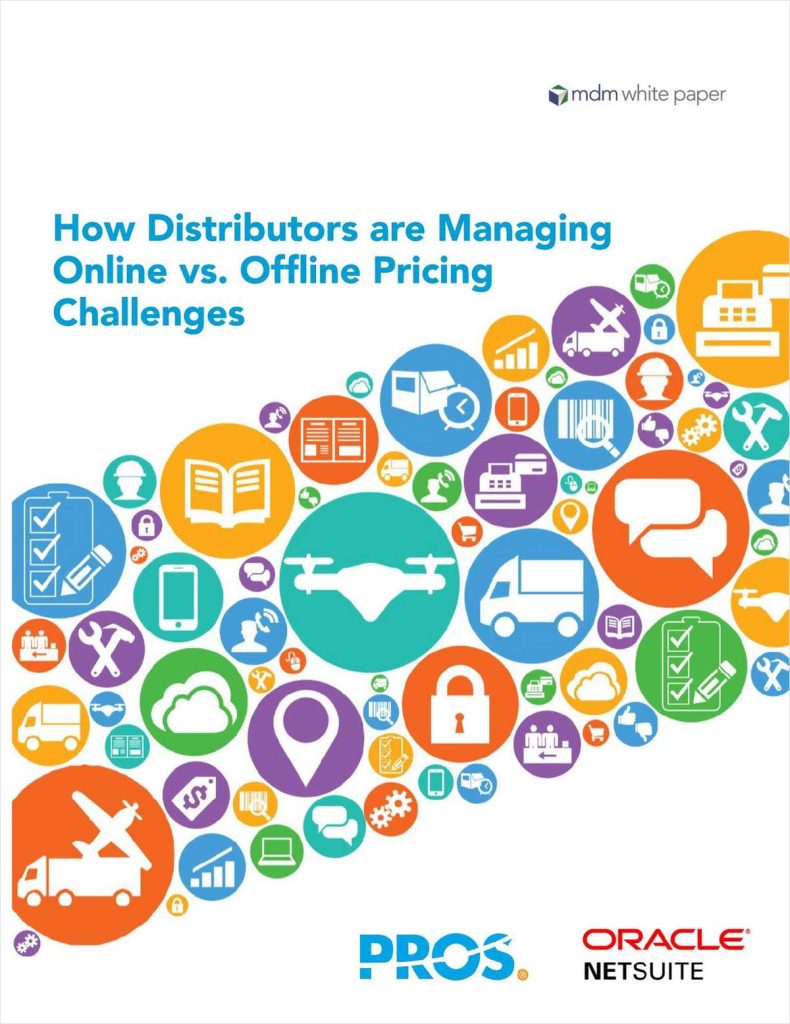Quantum computing, with its unparalleled processing power, promises breakthroughs across industries. However, it poses significant challenges to cybersecurity, potentially undermining the cryptographic foundations that secure today’s digital world. Traditional encryption methods like RSA, ECC, and even certain symmetric algorithms rely on the computational difficulty of factoring large numbers or solving discrete logarithm problems—tasks that quantum computers could potentially solve exponentially faster.
The most immediate concern arises with public-key cryptography. Algorithms like RSA and ECC are vulnerable to Shor’s algorithm, a quantum algorithm capable of breaking these encryption schemes efficiently. This means that encrypted communications, including sensitive emails, banking transactions, and government data, could be deciphered once sufficiently powerful quantum computers become operational.
Symmetric key encryption, such as AES, is less vulnerable but still faces challenges. Quantum computers can use Grover’s algorithm to reduce the effective key strength of symmetric algorithms by half. For example, AES-256 would effectively offer 128-bit security against quantum attacks, which is still considered robust but might require enhancements for long-term security.
To counter these threats, the cybersecurity community is actively developing post-quantum cryptography (PQC) algorithms. These algorithms are designed to be secure against both classical and quantum computational attacks. The National Institute of Standards and Technology (NIST) has been leading an initiative to standardize such algorithms, focusing on lattice-based, hash-based, code-based, and multivariate polynomial approaches. The adoption of PQC will be a cornerstone in securing the quantum era.
In addition to algorithmic shifts, organizations must also address the practicality of migrating to quantum-safe systems. This involves not only replacing vulnerable encryption protocols but also ensuring that all devices, software, and infrastructure components are updated. Legacy systems, which are often challenging to upgrade, pose a significant risk during this transition period.
Quantum Key Distribution (QKD) is another promising technology for secure communication. By leveraging quantum mechanics, QKD allows two parties to generate a shared encryption key with guaranteed security, as any eavesdropping attempt disrupts the quantum state and is detectable. However, QKD requires specialized hardware and infrastructure, limiting its immediate scalability.
The rise of quantum computing also presents opportunities for improving cybersecurity. Quantum random number generators (QRNGs) can produce truly random keys, enhancing the robustness of cryptographic systems. Additionally, quantum-enhanced threat detection systems could analyze massive datasets more efficiently, identifying cyber threats in real time.
As we approach the quantum era, organizations must adopt a proactive approach to cybersecurity. This includes investing in research, upgrading systems, and fostering collaboration between governments, academia, and industry leaders. The shift to quantum-safe cybersecurity will require significant effort, but it is essential to ensure the integrity and confidentiality of digital systems in a quantum-powered world.
From Our Editorial Team
Our Editorial team comprises of over 15 highly motivated bunch of individuals, who work tirelessly to get the most sought after curated content for our subscribers.



